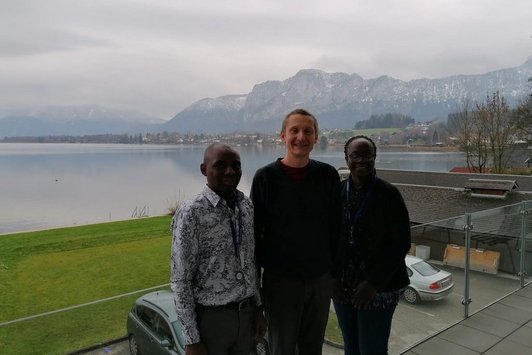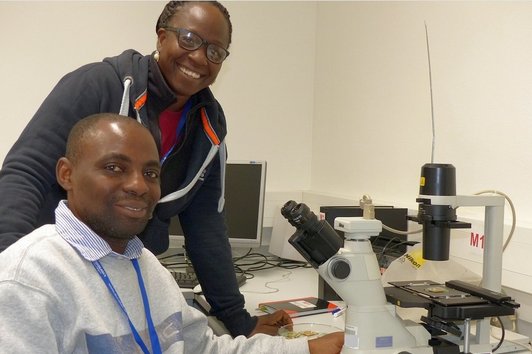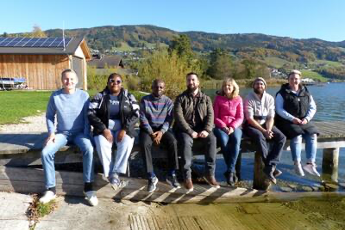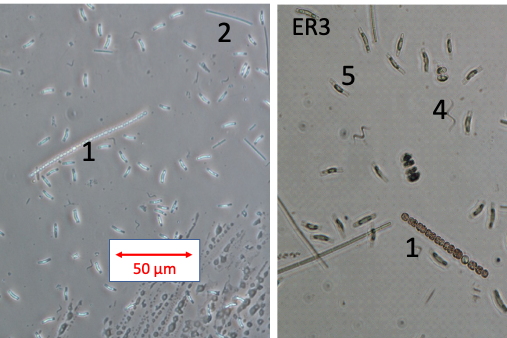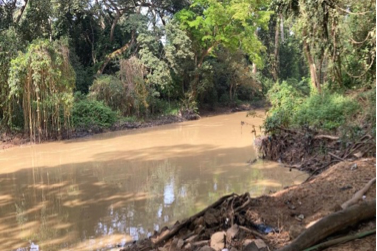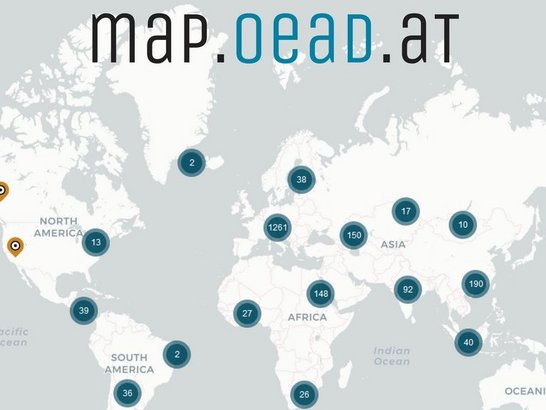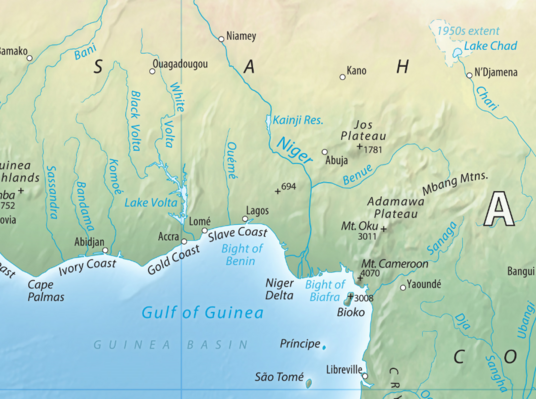
Project completed: P069_Nigeria
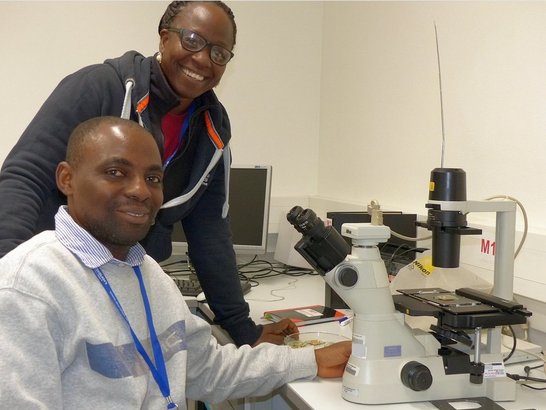
Surveillance and Removal of Cyanobacteria and Antimicrobial Resistance Genes from Drinking Water Sources
Cooperating countries: Nigeria and Austria
Coordinating institution: Redeemer’s University, Ogunlaja Aemere, ogunlajaa@run.edu.ng
Partner institution: University of Innsbruck
Project duration: 1 May 2022 - 30 April 2024
Budget: EUR 19.800
Abstract:
Cyanobacteria are commonly found in Africa surface and ground water because of indiscriminate disposal of organic waste which contributes high concentrations of nitrate and phosphate to receiving water bodies. This results in harmful algae (cyanobacteria) bloom (HAB) that causes eutrophication of water bodies. HABs release cyanotoxins such as microcystins, nodularins, cylindrospermopsins, anatoxins, saxitoxins, and beta-Methylamino-L-alanine which are of great concern since they cause health problems of various degrees in humans and animals when ingested. Recently, the death of 336 Elephants in Botswana was attributed to consumption of water contaminated with cyanotoxins. Cyanobacteria are also known hotspots for Antimicrobial Resistance Genes (ARGs) in aquatic environment hence contributing its fair share to Antimicrobial Resistance (AMR) challenge globally. It is estimated that AMR will cause 10 million deaths per year by 2050. The enormity of AMR attributed to aquatic environment is unknown in Africa as there is dearth of data in the continent that links environmental ARGs with health.
We propose to (i) monitor cyanobacteria, cyanotoxins, and cyanobacteria-harboured ARGs in surface and ground water used for drinking across systematically selected household and communities from South-South, South-West and South-East of Nigeria (ii) develop simple but efficient non-chlorinated water disinfection technique for the removal of cyanotoxins, cyanobacteria and ARGs. We expect to contribute to a continental baseline data of cyanobacteria, cyanotoxins and ARGs in water, estimate the enormity of Nigeria AMR problems with public health and thus trigger necessary national and regional responses which will aim at meeting the SDGs #3 and #6.
Summary:
Cyanobacteria in water is of serious environmental and health concern; their presence in drinking water sources is of significant importance. Effective monitoring of these bacteria and their toxins is important to safeguard human health and the environment in order to achieve the sustainable development goals: SDG 3 – good health and well being and SDG 6 – clean water and sanitation in Africa. Water samples (128) were collected from various water sources – river, open well, and storage facilities in the rainy season (September to October, 2022) and dry season (February - March, 2023) in an urban and a rural community from two Nigerian SW States each. Physiochemical parameters of the water samples were determined immediately. Samples were also screened for algae, especially cyanobacteria using microscopy techniques. All positive samples (18 from rainy season samples and 12 from dry season) were subjected to PCR-based molecular analysis for microcystin (mcyE) heptapeptide synthetase and phycocyanin (PC) operon genes for potential cyanotoxin (microcystin) production and Cyanobacteria detection, respectively after DNA extraction from biomass collected on filter membrane. Non-targeted high-throughput sequencing (HTS) genotype analysis was used to profile the bacteria and cyanobacteria specifically from samples that were found positive for PC. Furthermore, possible cyanotoxins were extracted from aliquots of biomass collected on GF/C filters using solvent extraction MeOH (75% w/v) assisted with sonication (30Watt, 10 min). Extracts were concentrated and analyzed using LC-MS or HPLC.
In general, physicochemical characteristics resembled the seasonal differences, i.e., pH ranged from 5.3 - 8.1 during rainy season, and from 5.9 to 7.4 during dry season. The temperature for both seasons varied from 24–35°C. A correlation between electrical conductivity (EC) and total suspended? solids (TDS) across all samples was observed. In microscopy 18 samples showed the presence of algae/cyanobacteria in the rainy season samples while only 11 samples were found positive for the same in the dry season. While the genus Planktolyngbia was predominant in the two seasons, other cyanobacteria were found in one sample in rainy season and Microcystis was specifically identified in the sample of dug well amongst the dry season’s samples. PCR based detection revealed the occurrence of HEP gene indicative of microcystin synthesis by the genus Microcystis in river (ES1) and three storex samples (S3, S9 and S10), suggesting the potential production of microcystin in the rainy season’s water samples. In contrast to rainy season substantial DNA was extracted only in the river samples during dry season all of which were positive for the PC gene fragment. Next-generation deep sequencing (NGS) of 16S rDNA revealed that the three prevalent cyanobacteria in the dry season were Candidatus obscuribacter, Cyanobium and Chroococcidiopsis PCC 7203. Microcystis PCC-7914 known for microcystin production ranked fourth in abundance. In the rainy season, Cyanobium and Prochlorothrix dominated the river samples, while Limnothrix and Microcystis were the third and fourth most abundant. This is one of the few studies indicating the use of NGS in evaluating Cyanobacteria communities in African waters.
